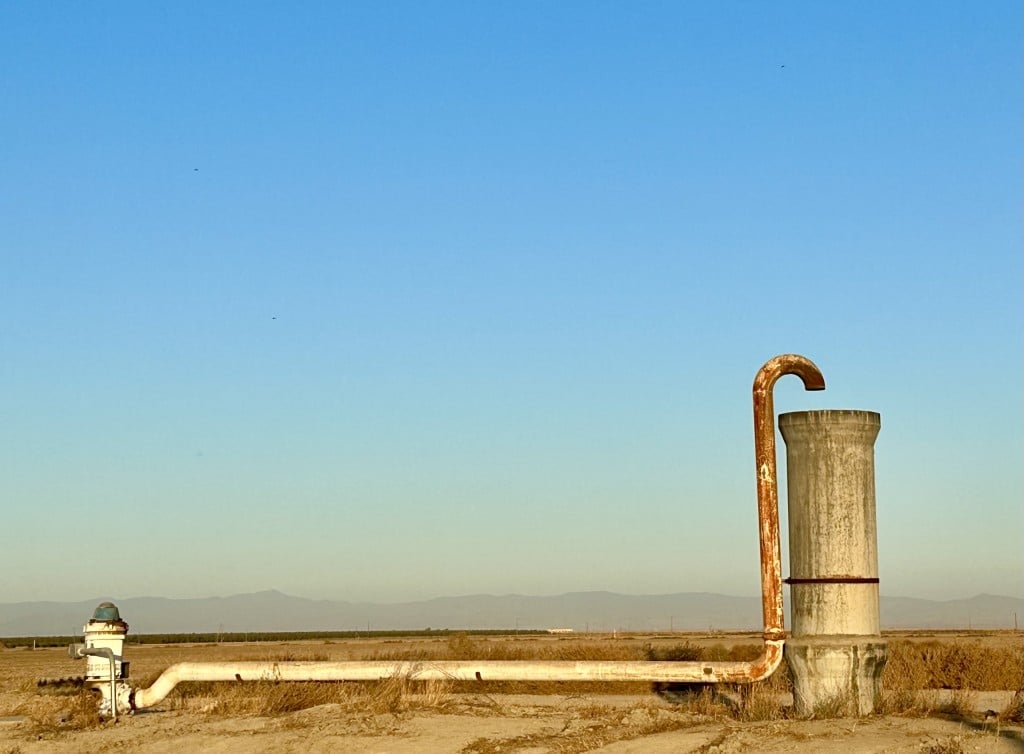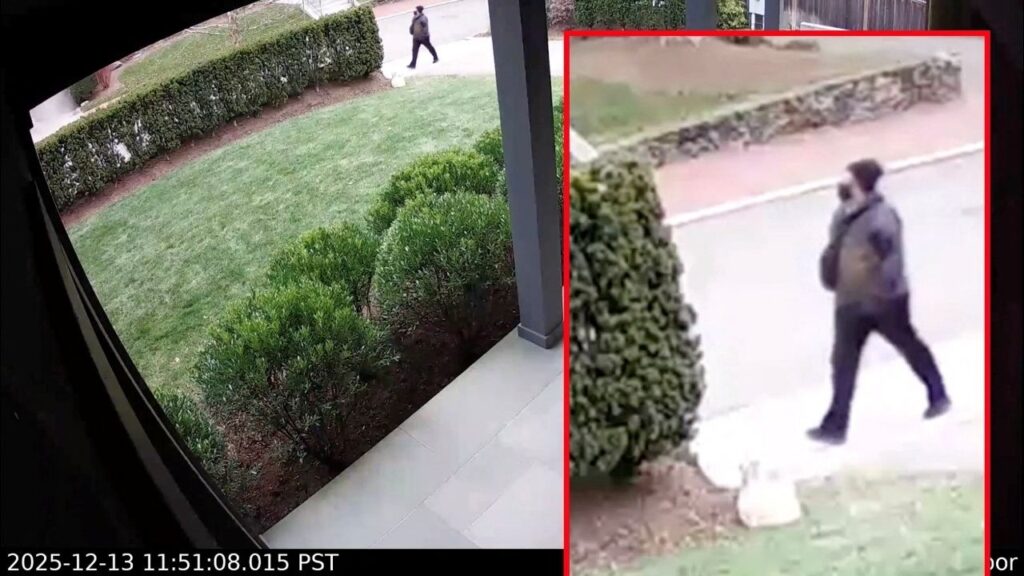President Joe Biden speaks during a campaign event for Vice President Kamala Harris, the Democratic presidential nominee, at Prince George's Community College in Largo, Md., Aug. 15, 2024. In a classified document approved in March, the president ordered U.S. forces to prepare for possible coordinated nuclear confrontations with Russia, China and North Korea. (Eric Lee/The New York Times)

- Biden's new nuclear plan focuses on China's rapidly growing nuclear arsenal and potential multi-adversary threats.
- The Pentagon expects China's nuclear stockpile to soon rival the U.S. and Russia's in size and diversity.
- U.S. strategy now prepares for possible coordinated nuclear threats from China, Russia, and North Korea.
Share
|
Getting your Trinity Audio player ready...
|
President Joe Biden approved in March a highly classified nuclear strategic plan for the United States that, for the first time, reorients America’s deterrent strategy to focus on China’s rapid expansion in its nuclear arsenal.
Pentagon Believes China Stockpiles Nuclear Arms
The shift comes as the Pentagon believes China’s stockpiles will rival the size and diversity of the United States’ and Russia’s over the next decade.
The White House never announced that Biden had approved the revised strategy, called the “Nuclear Employment Guidance,” which also seeks, for the first time, to prepare the United States for possible coordinated nuclear challenges from China, Russia and North Korea. The document, updated every four years or so, is so highly classified that there are no electronic copies, only a small number of hard copies distributed to a select few national security officials and Pentagon commanders.
But in recent speeches, two senior administration officials were allowed to allude to the change — in carefully constrained, single sentences — ahead of a more detailed, unclassified notification to Congress expected before Biden leaves office.
Related Story: Biden’s Offer of a Path to US Citizenship for Spouses Leaves Some Out
“The president recently issued updated nuclear-weapons employment guidance to account for multiple nuclear-armed adversaries,” Vipin Narang, a nuclear strategist at MIT who served in the Pentagon, said this month before returning to academia. “And in particular,” he added, the weapons guidance accounted for “the significant increase in the size and diversity” of China’s nuclear arsenal.
In June, the National Security Council’s senior director for arms control and nonproliferation, Pranay Vaddi, also referred to the document, the first to examine in detail whether the United States is prepared to respond to nuclear crises that break out simultaneously or sequentially, with a combination of nuclear and nonnuclear weapons.
The new strategy emphasizes “the need to deter Russia, the PRC and North Korea simultaneously,” Vaddi said, using the acronym for the People’s Republic of China.
In the past, the likelihood that American adversaries could coordinate nuclear threats to outmaneuver the American nuclear arsenal seemed remote. But the emerging partnership between Russia and China, and the conventional arms North Korea and Iran are providing to Russia for the war in Ukraine have fundamentally changed Washington’s thinking.
Russia and China Have Joint Military Exercises
Already, Russia and China are conducting military exercises together. Intelligence agencies are trying to determine whether Russia is aiding the North Korean and Iranian missile programs in return.
The new document is a stark reminder that whoever is sworn in next Jan. 20 will confront a changed and far more volatile nuclear landscape than the one that existed just three years ago. President Vladimir Putin of Russia has repeatedly threatened the use of nuclear weapons against Ukraine, including during a crisis in October 2022, when Biden and his aides, looking at intercepts of conversations between senior Russian commanders, feared the likelihood of nuclear use might rise to 50% or even higher.
Biden, along with leaders of Germany and Britain, got China and India to make public statements that there was no role for the use of nuclear weapons in Ukraine, and the crisis abated, at least temporarily.
Related Story: Judge Knocks Down Hunter Biden’s Bid to Use Trump Ruling to Get His ...
“It was an important moment,” Richard N. Haass, a former senior State Department and National Security Council official for several Republican presidents, and the president emeritus of the Council on Foreign Relations, noted in an interview. “We are dealing with a Russia that is radicalized; the idea that nukes wouldn’t be used in a conventional conflict is not longer a safe assumption.”
China’s Nuclear Ambitions Rise
The second big change arises from China’s nuclear ambitions. The country’s nuclear expansion is running at an even faster pace than American intelligence officials anticipated two years ago, driven by President Xi Jinping’s determination to scrap the decades-long strategy of maintaining a “minimum deterrent” to reach or exceed the size of the U.S. and Russian arsenals. China’s nuclear complex is now the fastest-growing in the world.
Although former President Donald Trump confidently predicted that Kim Jong Un, the North Korean leader, would surrender his nuclear weapons after their three in-person meetings, the opposite happened. Kim has doubled down, and now has more than 60 weapons, officials estimate, and the fuel for many more.
That expansion has changed the nature of the North Korean challenge: When the country possessed just a handful of weapons, it could be deterred by missile defenses. But its expanded arsenal is fast approaching the size of Pakistan’s and Israel’s, and it is large enough that it could, in theory, coordinate threats with Russia and China.
Related Story: House Republicans Release Their Impeachment Report on Biden but the Next Steps ...
It was only a matter of time before a fundamentally different nuclear environment began to alter American war plans and strategy, officials say.
“It is our responsibility to see the world as it is, not as we hoped or wished it would be,” Narang said as he was leaving the Pentagon. “It is possible that we will one day look back and see the quarter-century after the Cold War as nuclear intermission.”
The new challenge is “the real possibility of collaboration and even collusion between our nuclear-armed adversaries,” he said.
–
This article originally appeared in The New York Times.
By David E. Sanger/Eric Lee
c. 2024 The New York Times Company
RELATED TOPICS:
Categories



















